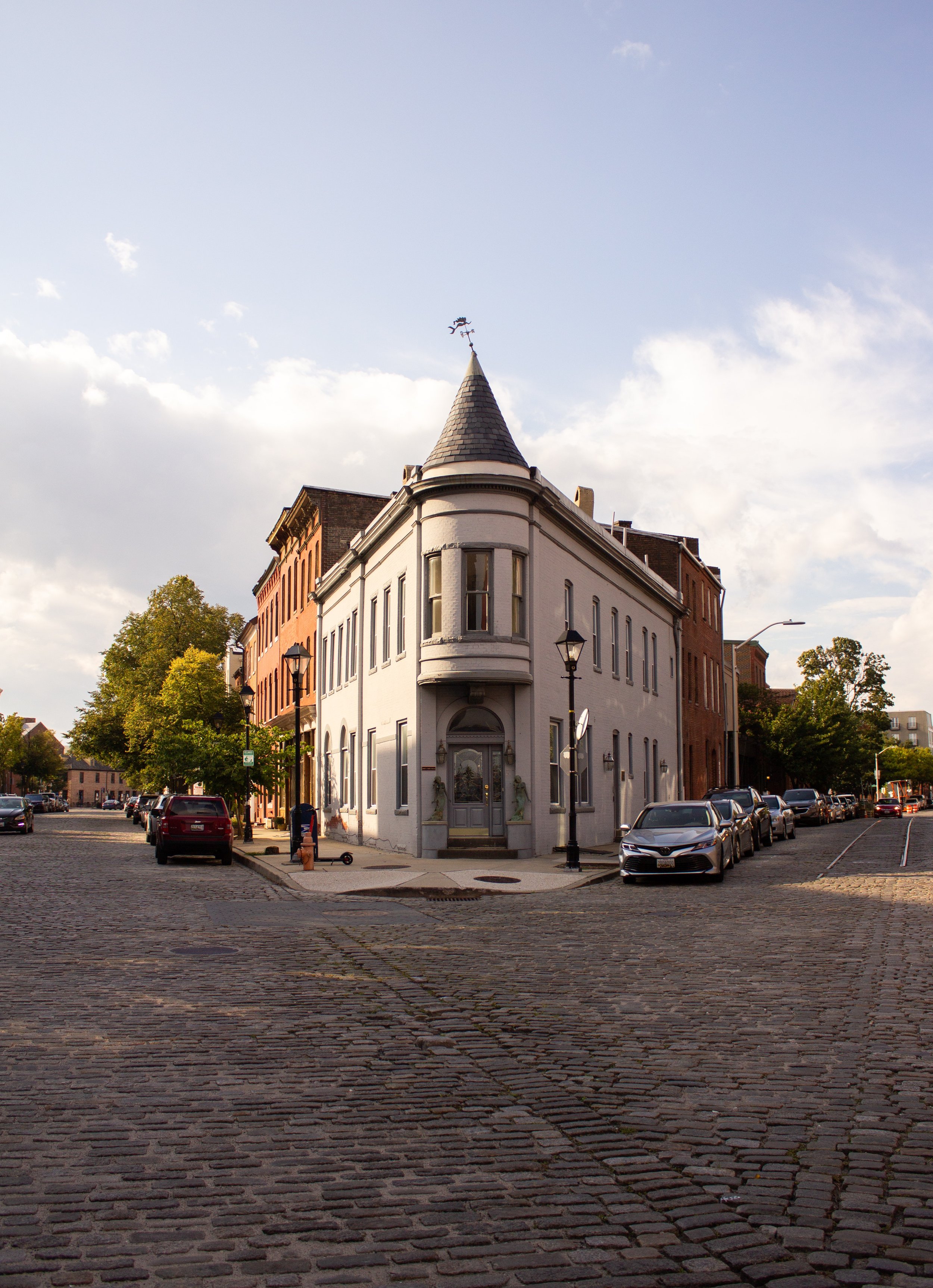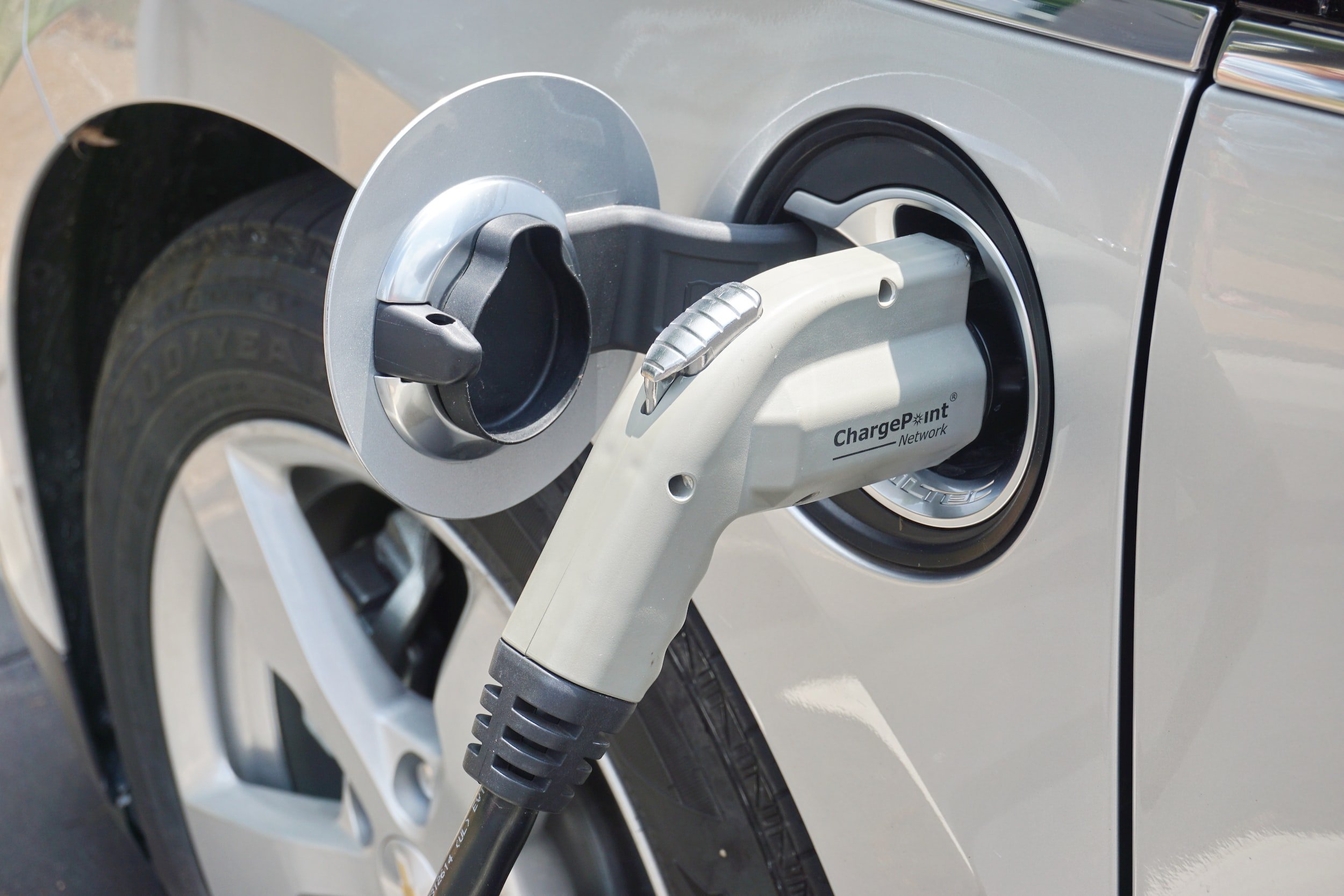Structural Shortcomings Were the Downfall of the Francis Scott Key Bridge
🌉 Engineering Alert: The Francis Scott Key Bridge Collapse and Its Impact on Logistics 🌉
In the engineering and transportation world, we've hit a significant milestone - the collapse of Baltimore's Francis Scott Key Bridge. This event has sparked a debate among experts about the readiness of 1970s infrastructure for today's mega-ships. Professors like Warwick University's Toby Mottram are concerned that old bridge designs might not withstand the impact of modern vessels.
The situation has escalated with a massive cleanup operation involving crane ships and numerous workers, aiming to reopen this crucial channel. Even President Biden is involved, sanctioning $60 million for the rebuild. Heavyweights like Pete Buttigieg and Shailen Bhatt are also on the scene, pushing for prompt action.
What does this mean for us in transportation and logistics?
Aging Infrastructure Alert: The bridge’s fall points to a larger issue – our old infrastructure may not be cut out for today’s shipping demands. This could lead to operational challenges for us, especially with bigger vessels becoming standard.
Detours Ahead: Expect route changes and possible delays. This is a stark reminder of why having a solid backup plan is essential in our industry.
New Rules on the Horizon: We might see new regulations to accommodate these massive ships, affecting everything from route planning to cargo sizes.
Spotlight on Investment: With the government focusing on infrastructure, we’re likely to see more investment (and possibly disruptions) in this area.
Hot Take for Logistics Pros: This incident isn’t just a one-off; it's a clear signal to us. As the industry evolves, we need to push for infrastructural developments that keep pace with the changing size and scope of transport vehicles. It’s about balancing efficiency and cost with resilience and adaptability. We're at a crossroads where we, as logistics professionals, can lead the charge in upgrading our transport networks.
Let’s grab this opportunity to shape a future where our infrastructure is as robust and forward-thinking as our industry demands.
The Unified Command, a coalition involving the U.S. Coast Guard, U.S. Army Corps of Engineers, and other key agencies, has started a crucial phase in the aftermath of the Baltimore bridge collapse.
Big news in the world of engineering and transportation: the collapse of Baltimore's Francis Scott Key Bridge has experts pointing fingers at structural failures.
The Francis Scott Key Bridge near Baltimore collapsed early Tuesday morning after a huge container ship hit one of its pillars.
in a recent development, BlackRock, the world's largest asset manager, is challenging Texas' move to pull out about $8.5 billion from the Texas Permanent School Fund (PSF), alleging it's a boycott against energy companies.
Federal officials have turned down Alaska's multi-year transportation plan, risking delays in summer construction and jeopardizing billions in federal grants.
The Biden administration is injecting $623 million into the nation's electric vehicle charging network, with a focus on disadvantaged communities and freight trucks.
The federal government plans to allocate over $16 billion to enhance the Northeast Corridor, the busiest rail line in the country, connecting cities like Washington, New York, and Boston.
Automakers are investing heavily in electric vehicles (EVs), but surveys show that Americans are hesitant to adopt them, largely due to concerns about charging infrastructure.
Tesla is planning to revolutionize the charging infrastructure for its fully electric long-haul trucks in the US.
The Arizona Legislature approved a bill allowing Maricopa County to hold a transportation tax election in the coming year.
In their commentary published in The Baltimore Sun, Samuel Jordan, Eric Norton, and Michael Scepaniak criticize Baltimore's new regional transportation plan, Resilience 2050, for perpetuating an automobile-centric approach.
General Motors (GM) has announced that its electric vehicles (EVs) will be able to use Tesla's extensive charging network starting in early 2024.
Experts argue that reforming outdated permitting laws is crucial for boosting the economy through investments in upgrading infrastructure and transitioning to green technologies.
Traffic jams are a common occurrence on highways, often caused by factors like accidents, construction, and sudden increases in traffic volume.
J.D. Powers announced that their studies have shown there was a rise in charging stations not being used and ultimately failing in the last couple of years.
Probably not…yet. The American Transportation Research Institute (ATRI) faced this question (and others) head-on in a recent study and seem to have concluded that the answer is not a simple one.
The Ports of Long Beach and Los Angeles will be receiving major facelifts after California pledged $1.2 billion in infrastructure upgrades.
The demand for electric vehicles is growing by the day, but the infrastructure is not keeping up with the growth in sales and manufacturing.
While the 2,702-page, trillion-dollar infrastructure bill is quite the feat for the Biden Administration, it seems that it is one of the main catalysts in the highest inflation rate America has seen in 40 years.
Nearly $300 million in grants has been awarded by the Biden Administration to fund the improvement and explanation of ferry services across the country.






















The FBI is investigating the catastrophic collapse of Baltimore's Francis Scott Key Bridge, focusing on the events that led up to the incident and whether federal laws were adhered to.